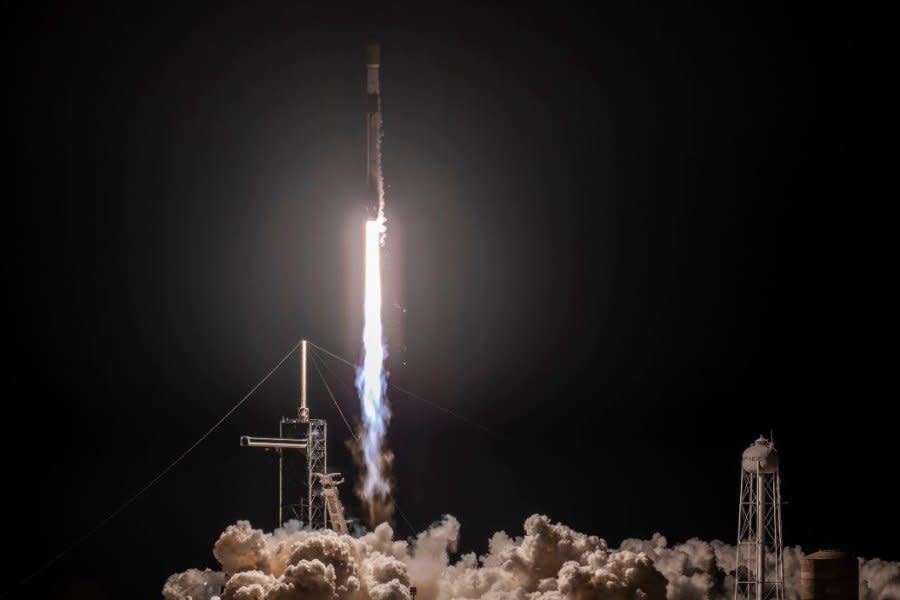SpaceX launches 23 satellites aboard Falcon 9, resuming flights after FAA halt

July 27 (UPI) -- SpaceX early Saturday launched a Falcon 9 with 23 Starlink satellites from Kennedy Space Center in Florida, the first flight for the rocket after the Federal Aviation Administration halted the program because of a mishap in California on July 11.
The Falcon 9 rocket lifted off from Launch Complex 39A at 1:45 a.m. EDT, SpaceX's 50th Starlink mission this year. In all SpaceX has had 365 launches for NASA and other nations.
Falcon 9 lifts off from pad 39A in Florida! pic.twitter.com/ozYLYUxCss— SpaceX (@SpaceX) July 27, 2024
The booster landed safely on the droneship, Of Course I Still Love You, in the Atlantic Ocean a little more than eight minutes after liftoff.
The upper stage of the Starlink 10-9 mission delivered the satellites into low-Earth orbit.
It was the first-stage booster's 17th successful flight. SpaceX announced a successful payload deployment at 2:49 a.m. EDT.
On Thursday, SpaceX received permission to return to flight after 20 satellites were deployed into the wrong orbit and they burned up falling through the Earth's atmosphere.
After the Starlink launch from Vandenberg Space Force Base, California, and stage separation, a buildup of ice was observed on the Merlin vacuum engine that powers the second stage of the vehicle.
The engine successfully completed its first burn after the second stage separated but a liquid oxygen leak developed near the engine. This led to the buildup of ice observed during the webcast.
"In all of the data briefings and digging through the data that we did together with the FAA, NASA officially had a seat at the table to participate in, all of that," Sarah Walker, the director of Dragon Mission Management for SpaceX, said during a briefing. "We had a Q&A period where we exchanged more data and [the FAA] gave us the final determination yesterday that they agreed with our conclusions and we are ready to return to flight."
SpaceX also is planning two launches Sunday from Florida and California.
The private company is scheduled to launch 23 Starlink satellites from Cape Canaveral Space Launch Complex 40 with a launch window opening at 1:09 a.m. EDT Sunday.
Then, a Falcon 9 is scheduled to launch 21 Starlink satellites from Space Launch Complex 4 East at Vandenberg Space Force Base at 12:24 a.m. PDT.
"We are tracking to do more Falcon flights this year than Shuttle did in 30 years, the vast majority of which are uncrewed," SpaceX founder and CEO Elon Musk said in a July 12 post on X, the morning after the mishap.
"A major advantage of this super high flight rate is that we can identify and resolve problems that may only occur once every 1000 flights. This is impossible on a low flight rate vehicle," Musk said.
Starlink serves more than three million customers in around one hundred countries worldwide.
On Friday, SpaceX and NASA announced plans to launch the Crew-9 mission to the International Space Station no earlier than Aug. 18. The Dragon mission will include NASA astronauts Zena Cardman, Nick Hague, Stephanie Wilson and Roscosmos cosmonaut Alexander Gorbunov.
A United Launch Alliance Atlas V rocket will launch the secretive USSF-51 mission for the Space Force's Space Systems Command at 6:45 a.m. Tuesday from Launch Complex 41 at Cape Canaveral Space Force Station.


